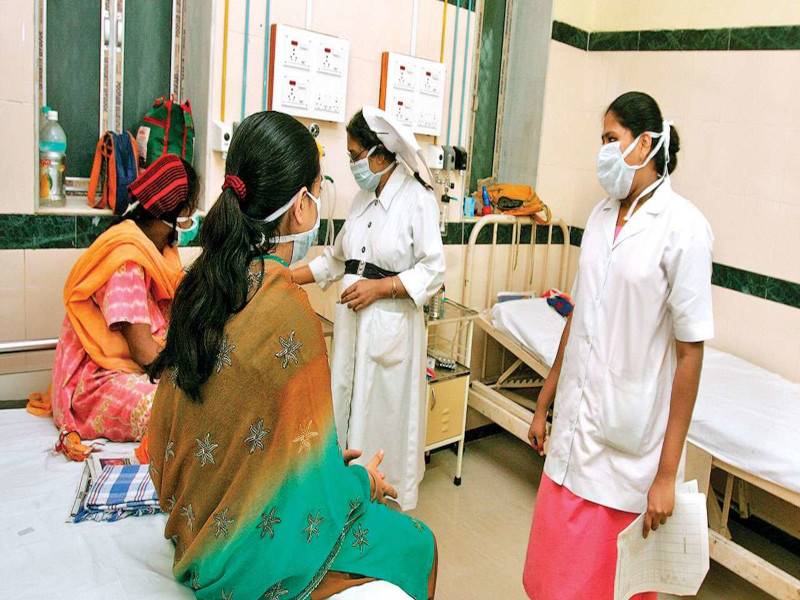
On March 2, 2018, the state government launched the Arogya Karnataka scheme, which is a health insurance scheme. The scheme's goal is to provide 'Universal Health Coverage’ to all of the state's residents. The beneficiary will receive primary healthcare as well as secondary and tertiary healthcare benefits under the scheme.
Similarly, the Indian government has implemented the Ayushman Bharat scheme to provide holistic care to all citizens, including preventive health promotion as well as primary, secondary, and tertiary care, as well as to provide financial protection to poor and vulnerable families against catastrophic health costs and to reduce out-of-pocket costs for accessing health services due to hospitalization.
The Arogya Karnataka and Ayushman Bharat schemes were amalgamated under the moniker 'Ayushman Bharat-Arogya Karnataka' because their goals, scopes, and procedures are comparable. It is being implemented in an Assurance Mode starting from October 30, 2018.
The Arogya Karnataka Scheme will cover all the existing health care schemes like Vajpayee Arogyashree, Yeshaswini Scheme, Rajiv Arogya Bhagya Scheme, Rashtriya Swasthaya Bima Yojana (RSBY) including RSBY for senior citizens, Rashtriya Bala Swasthaya Karyakram (RBSK), Mukhyamantri Santwana Harish Scheme, Indira Suraksha Yojana, Cochlear Implant Scheme, etc.
Benefits of the Scheme:
-
Simple secondary, complex secondary, tertiary, and emergency procedures are all covered by the scheme.
-
Only Public Health Institutions (PHIs) will be able to provide primary treatments and simple secondary procedures.
-
Complex secondary procedures, tertiary therapies, and emergency procedures will be performed by PHIs and impaneled private hospitals.
-
Complex secondary and tertiary operations necessitate referrals from PHIs.
-
Patients can get emergency treatment at any impaneled hospital of their choice without needing a referral.
Scheme Eligibility:
Eligible Households (BPL) and beneficiaries of the Rashtriya Swasthya Bima Yojana (RSBY) would be assured a basic sum of Rs 5,00,000 per family, per year.
Those who do not fall within the criterion of Eligible Household as defined by the National Food Security Act, 2013 (NFSA) or are not enrolled RSBY beneficiaries will be assured 30% of the package rate up to Rs 1.5 lakh per family per year on a co-payment basis.
How to Avail The Scheme:
-
Patients should first visit their nearest Public Health Institutions (PHIs) with their Adhaar card and food card to take advantage of the scheme's benefits.
-
There, the patient should enroll in the scheme, after which they will receive an AB-Ark Card.
-
Get a diagnosis from the same PHIs.
-
The diagnosis will be offered in the same hospital if the PHI is competent in treating the disease that the patient is suffering from. If the PHI is unable to treat the illness, the patient will be given a referral letter, allowing him or her to seek treatment at any private or government-approved hospital.
-
In the event of an emergency, the patient can go to any government or private impaneled hospital without needing a reference.
















